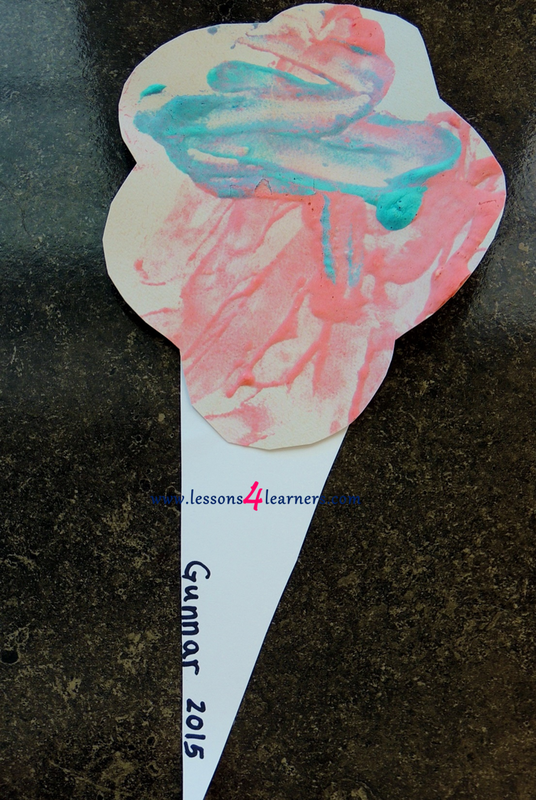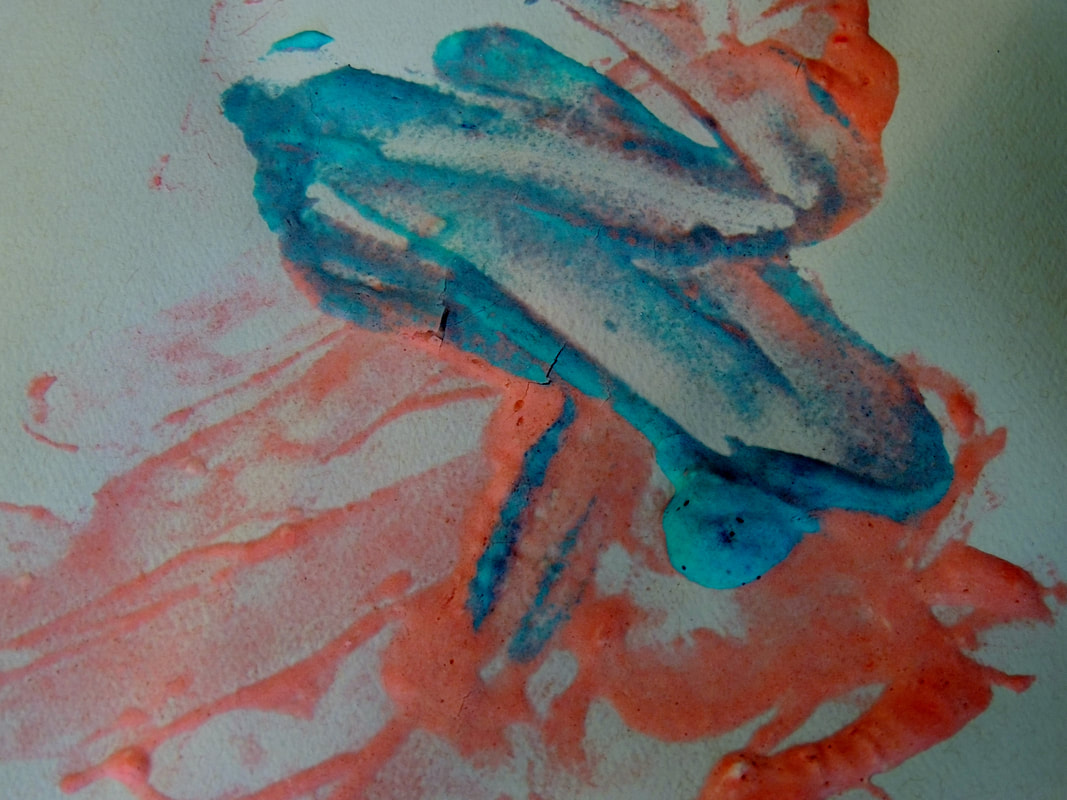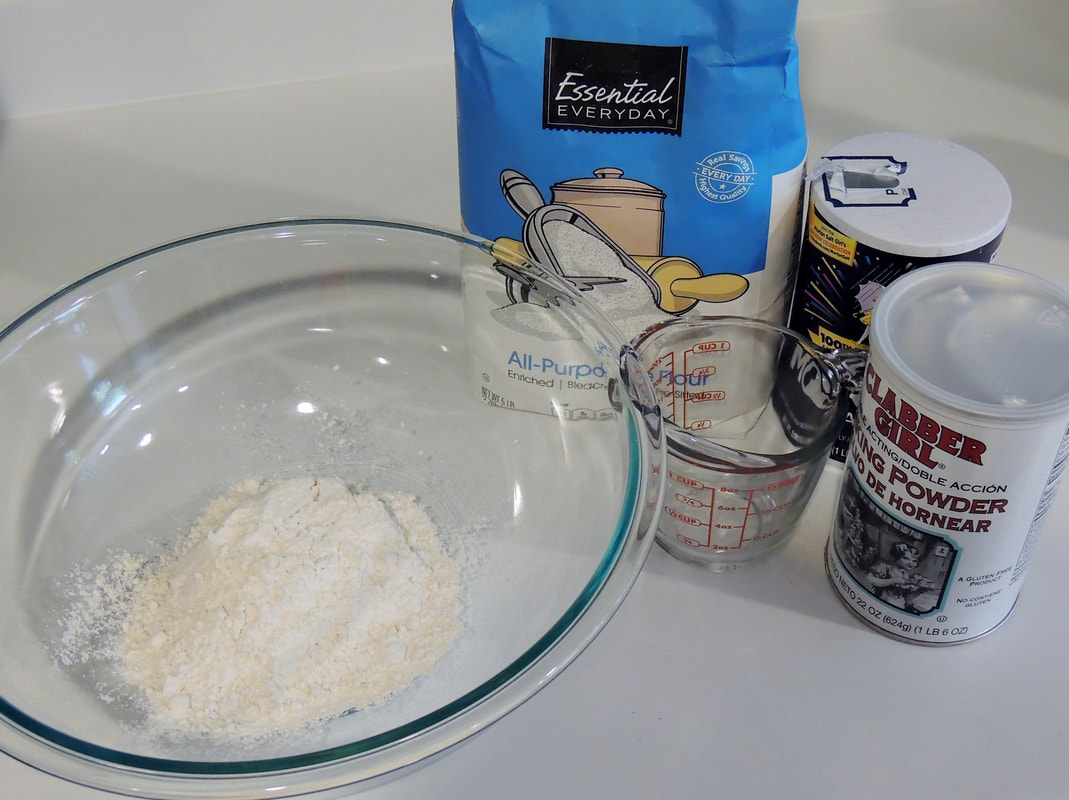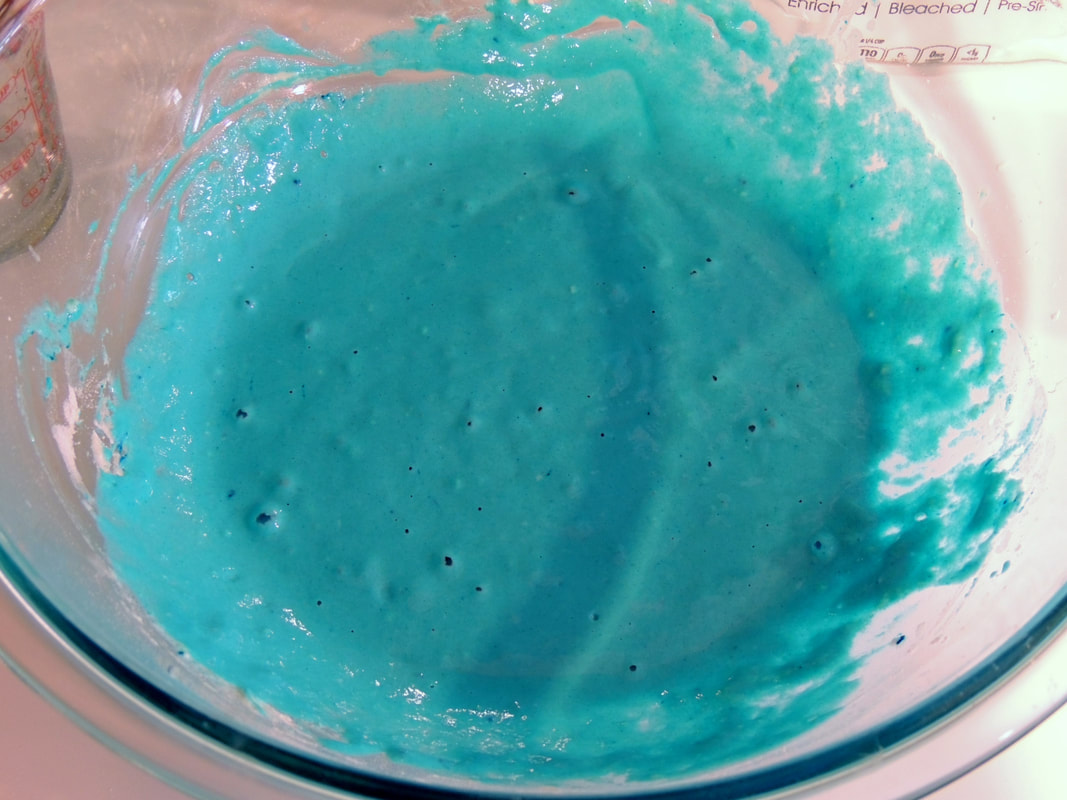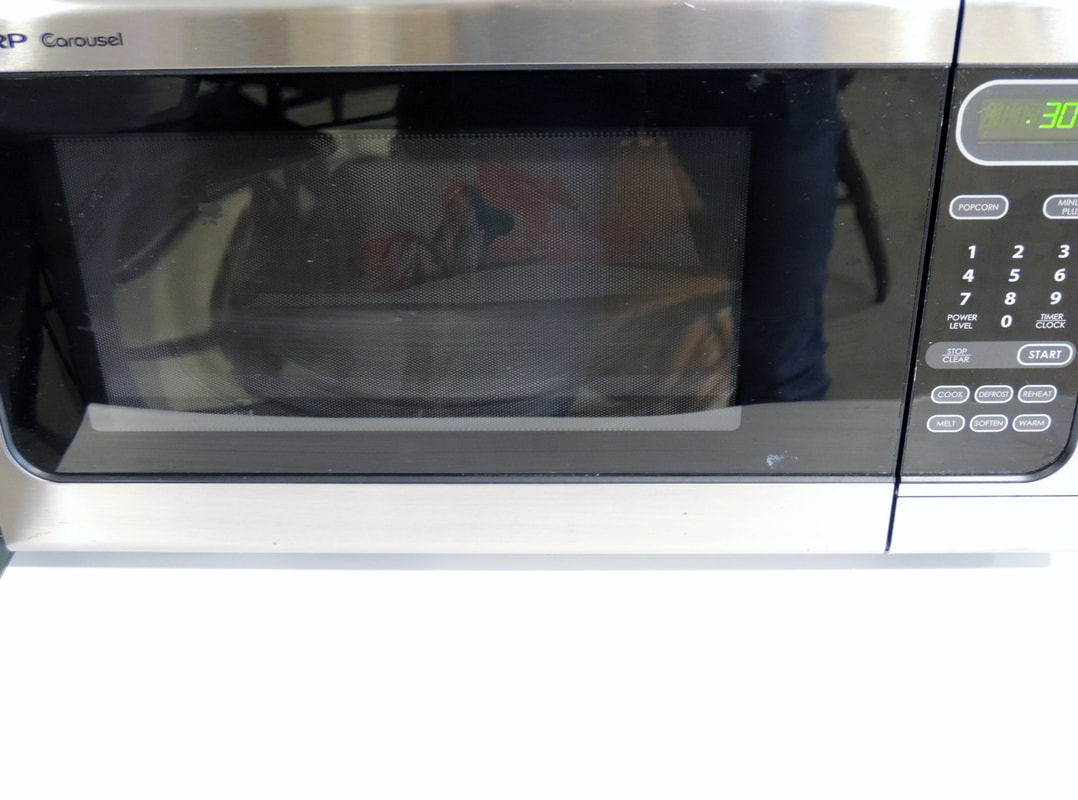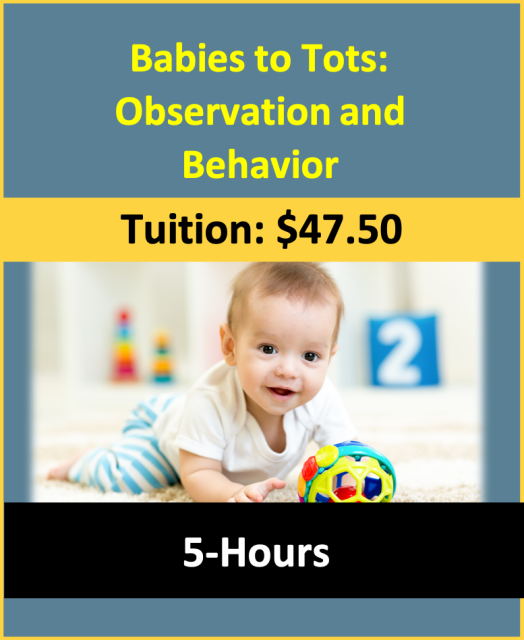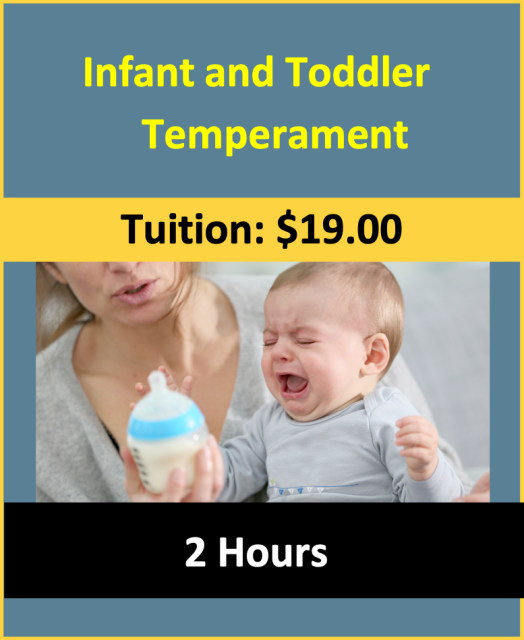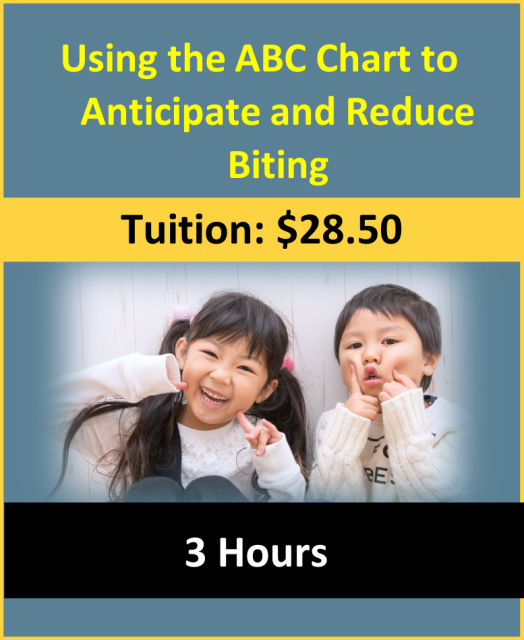Cotton Candy Puffy Paint
Lesson Plan:
|
Activity:
Cotton Candy Puffy Paint
Lesson plan developed by Ms. Erika Geelhoed, BA Ed
Age Group:
* Lesson plan objectives and assessments can be adapted to use this activity with preschoolers and school age children.
Objectives:
Children will:
II.7.4b
|
|
Materials:
Procedure:
|
- Be sure to introduce new adjectives to describe the paint.
- When they are done painting, practice hand washing skills with the children.
- Place the artwork in the microwave for about 30 seconds to dry the paint.
- You can then cut out their work into the shape of actual cotton candy.
- Cut a cone shape out of a white piece of paper, write the name of the children and date, and glue it to their artwork.
Assessment:
- Observe and record the children’s reaction to the new texture. Be sure to take pictures during the activity for the children’s portfolio.
Click on the course icon for enrollment information.
Invitations for Learning
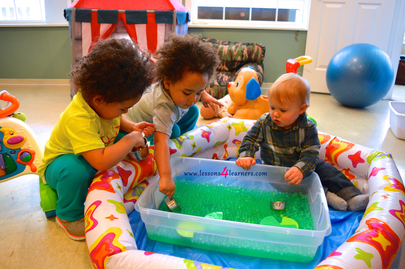
Invitations provide an appealing way to present an opportunity for children to explore materials. A teacher usually plans an invitation in response to children’s interests or to extend previous learning. An ‘invitation to learning’ may also be prepared to introduce new concepts, words or skills. A teacher may want to use an invitation to introduce a new book by combining it with related materials.
Infant invitations may include:
Toddler invitations may include:
A caution when providing invitations for very young children is that they learn through oral experiences by putting objects in their mouth. For this reason, it is necessary to ensure that children are carefully supervised and that materials are nontoxic and are not choking hazards. In addition, care should always be taken when children are in near water.
Infant invitations may include:
- A water table with warm water and some sink/float materials
- A large box to climb in and out of
- A blanket on the floor with materials hanging above it so babies can touch and move them
- Blocks with various textures
- Balls of various sizes and textures
Toddler invitations may include:
- Balls and clear tubing
- Pussy willows, pine cones and cattails
- Water table with some clear containers to pour and scoop with
- Selection of blocks and a book with pictures of buildings
- Rubber boots and a puddle
- Clear flexible tubing and funnels attached to the fence
A caution when providing invitations for very young children is that they learn through oral experiences by putting objects in their mouth. For this reason, it is necessary to ensure that children are carefully supervised and that materials are nontoxic and are not choking hazards. In addition, care should always be taken when children are in near water.
